a garden tradition
| Every spring I plant marigolds. For me, as for many gardeners, it's a tradition. Since their introduction to Europe in the 16th century, marigolds (Tagetes spp.) have been a staple in home gardens around the world, and as early as the 19th century, writers have referred to them as "old-fashioned" flowers. French marigolds (Tagetes patula) were my father's favorites, and at the house where I grew up, my mother and I would sow them each spring from seed we'd collected the previous year, crushing the dried flower heads and scattering them, chaff and all, in a row by the carport. (She saved the shriveled seed heads whole in paper bags.) | In my mind marigolds are indelibly linked to mums, windfall apples, chilly mornings and back to school. |
For Summer & Fall
| Marigolds sown in midsummer are in their full glory by October. | By summer our marigolds had formed a thick, bushy hedge. Like my father, I liked their smell and their cheery orange, red and yellow flowers. It takes several hard frosts to kill French marigolds, so they're among the few summer flowers that still look good in a fall garden. For this reason, they are indelibly linked in my mind to chilly back-to-school mornings, windfall apples and chrysanthemums. These days, I sow them outdoors in spring and summer, scattering saved seeds and sprinkling them lightly with soil before giving them a thorough shower of rain barrel water. (Unlike Mom, I separate the seed from the chaff before storing it.) |
Marigold seed takes about eight weeks to develop into the full, feathery flower bushes of my childhood.
Marigolds sown in midsummer are in their full glory by October, fresh and cheerful complements to traditional fall favorites like hardy mums, 'Autumn Joy' sedum and asters. They are easy replacements for worn-out spring and summer bloomers like Mexican sunspot and sweet alyssum. And if you use saved seed, they won't cost a penny.
Marigolds sown in midsummer are in their full glory by October, fresh and cheerful complements to traditional fall favorites like hardy mums, 'Autumn Joy' sedum and asters. They are easy replacements for worn-out spring and summer bloomers like Mexican sunspot and sweet alyssum. And if you use saved seed, they won't cost a penny.
Marigolds & Garden Health
| | I like to grow French marigolds potager-style, mixing them in flowerbeds and raised beds alongside vegetables, small fruits and other flowers. Although I've read that marigolds are sometimes prey to spider mites, ours are virtually pest-free, suffering only minor snail damage on the leaves now and then. Like most gardeners, I prefer the aromatic variety. (Odor-free marigold hybrids have never been popular.) |
Anecdotal evidence suggests that the pungent smell deters deer, rabbits and other garden pests like cabbage moths, white fly and Mexican bean beetles.
Perhaps it's true. Unlike other plants that appear on deer-resistant lists, I've never had deer eat marigolds to the ground , something they'd done to other "deer-resistant" plants in our garden like yarrow and sedum.
The real, proven benefit of marigolds in the garden, however, has nothing to do with their hardiness or their smell. It's the natural pesticides they produce that make them garden "magic."
Perhaps it's true. Unlike other plants that appear on deer-resistant lists, I've never had deer eat marigolds to the ground , something they'd done to other "deer-resistant" plants in our garden like yarrow and sedum.
The real, proven benefit of marigolds in the garden, however, has nothing to do with their hardiness or their smell. It's the natural pesticides they produce that make them garden "magic."
Marigold "MagiC"
| Studies conducted through the University of Georgia, University of North Carolina, Wisconsin University and others have shown that French marigolds reduce the number of nematodes (a.k.a. microscopic worms) in the soil that cause root lesion disease and root knot disease. How do marigolds do it? Their roots and leaves naturally produce terthiophene and other compounds that are toxic to disease-causing nematodes. Some varieties of French marigolds produce more toxins than others. 'Tangerine', 'Petite Gold', 'Petite Harmony', 'Goldie', 'Nemagold,' and 'Nema Gone' are just some of them. Other species of Tagetes, including the much taller African marigold (also called the American marigold) produces natural pesticides, too. | Marigolds make their own pesticide. |
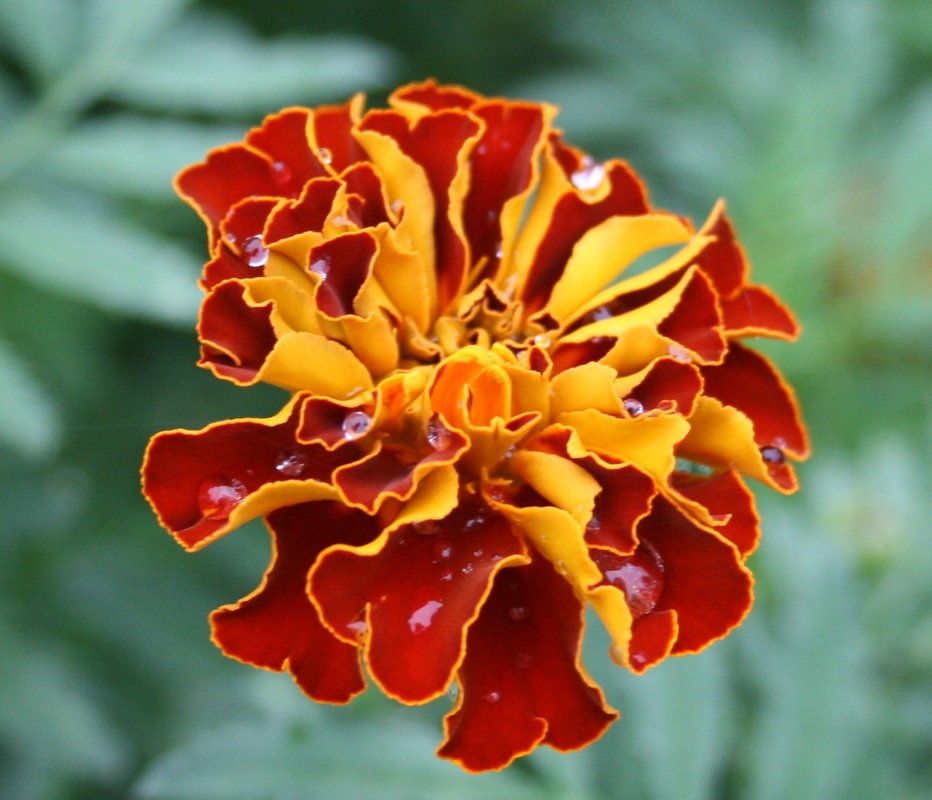
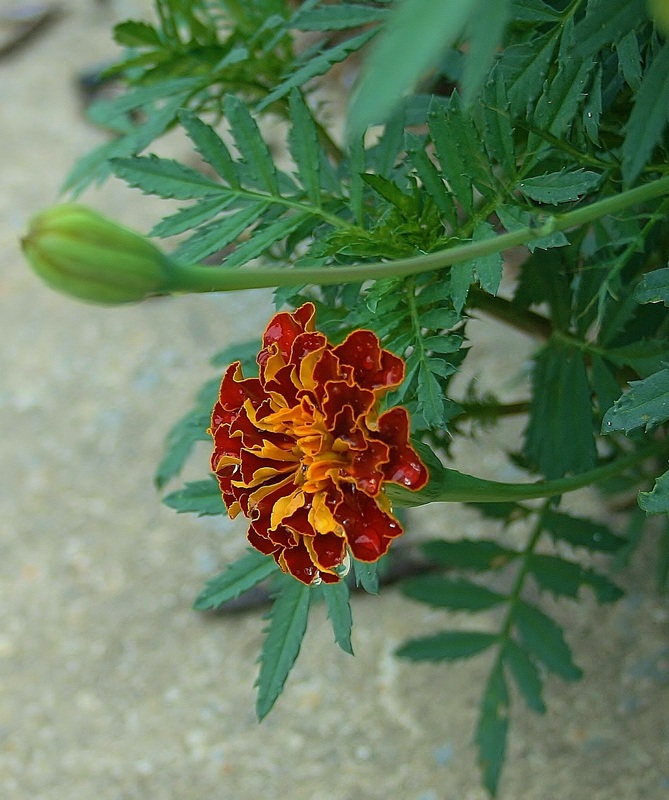
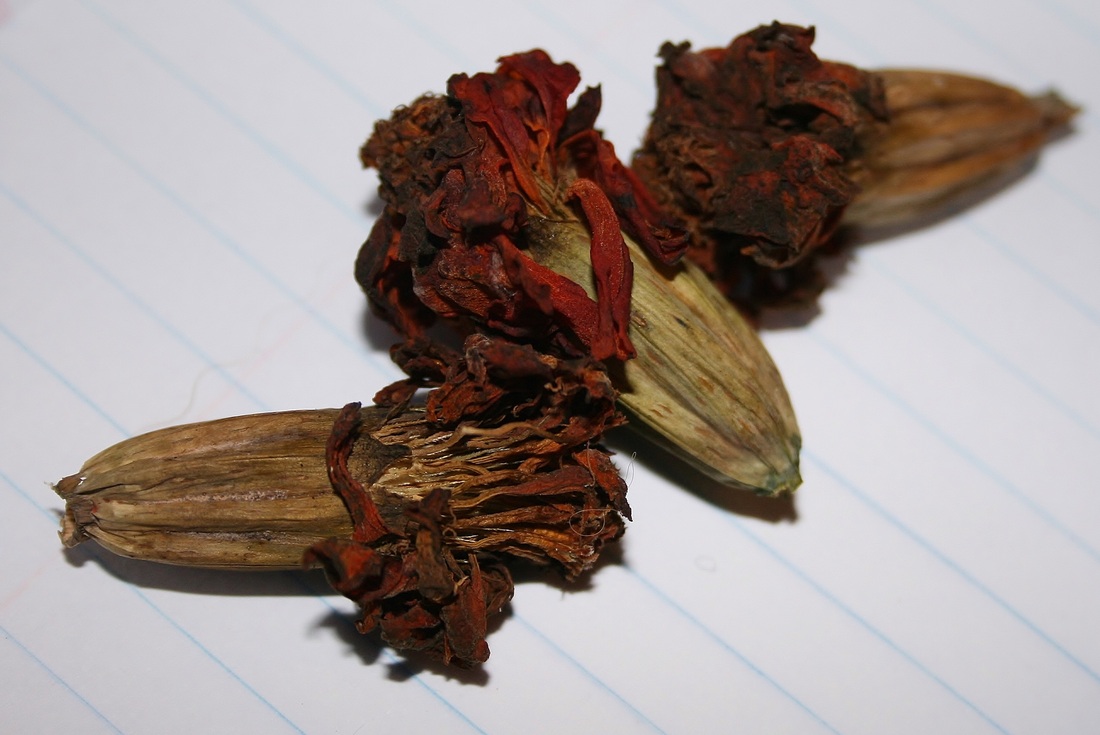
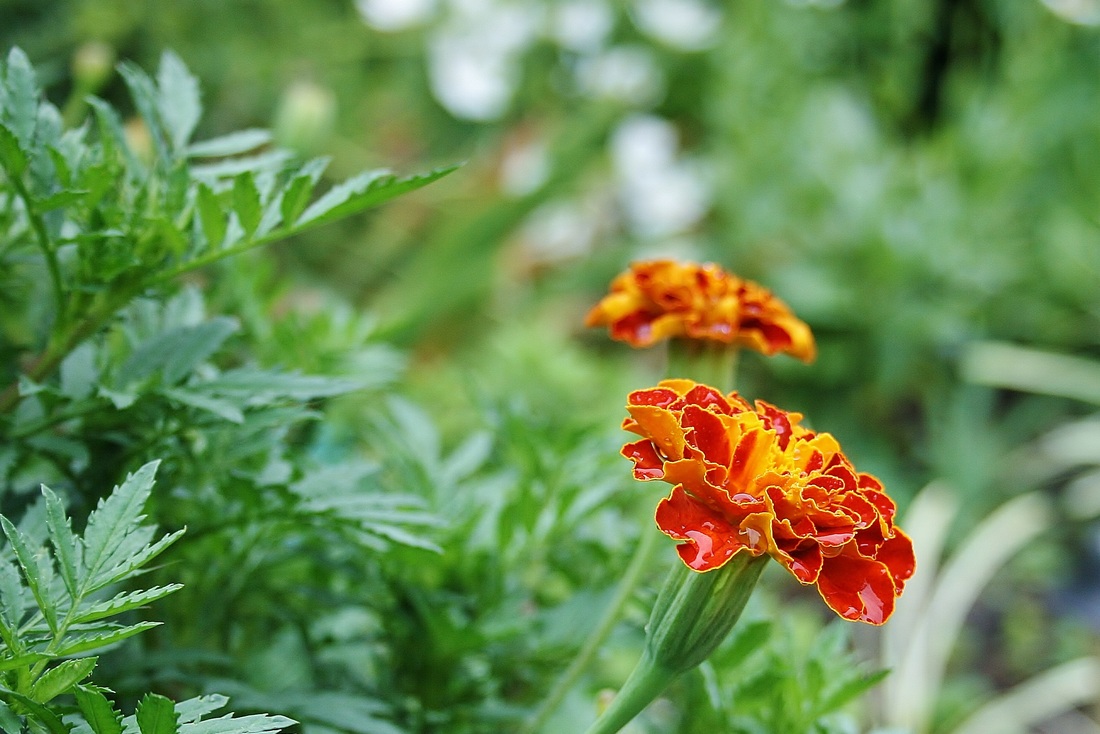
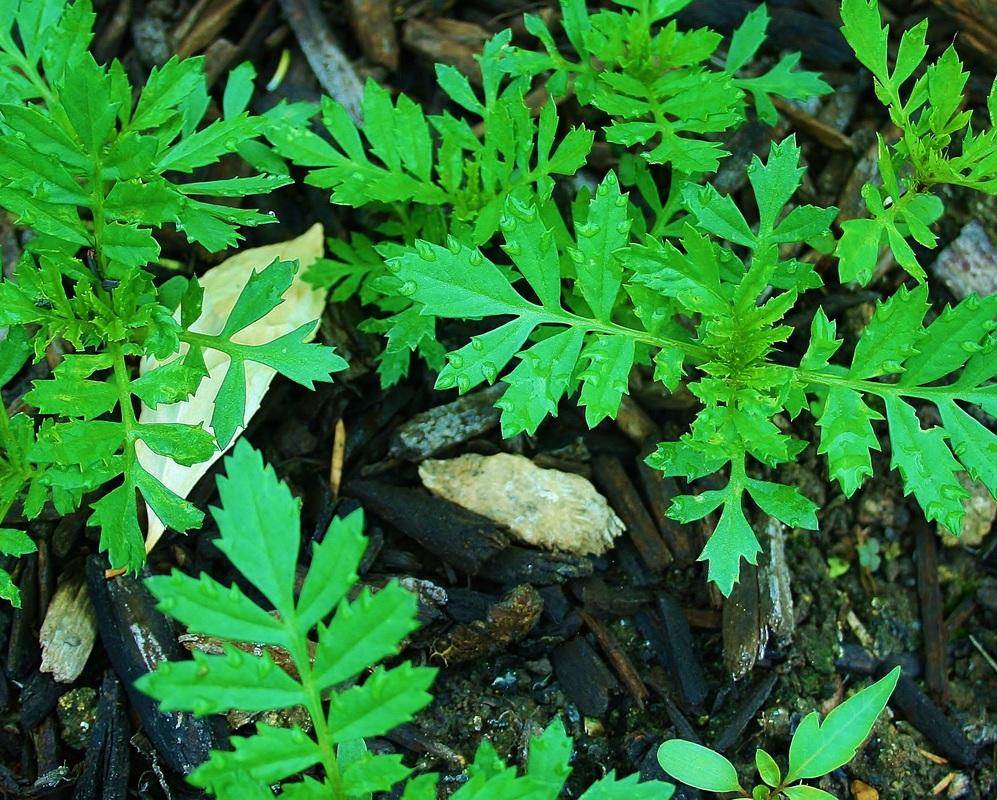
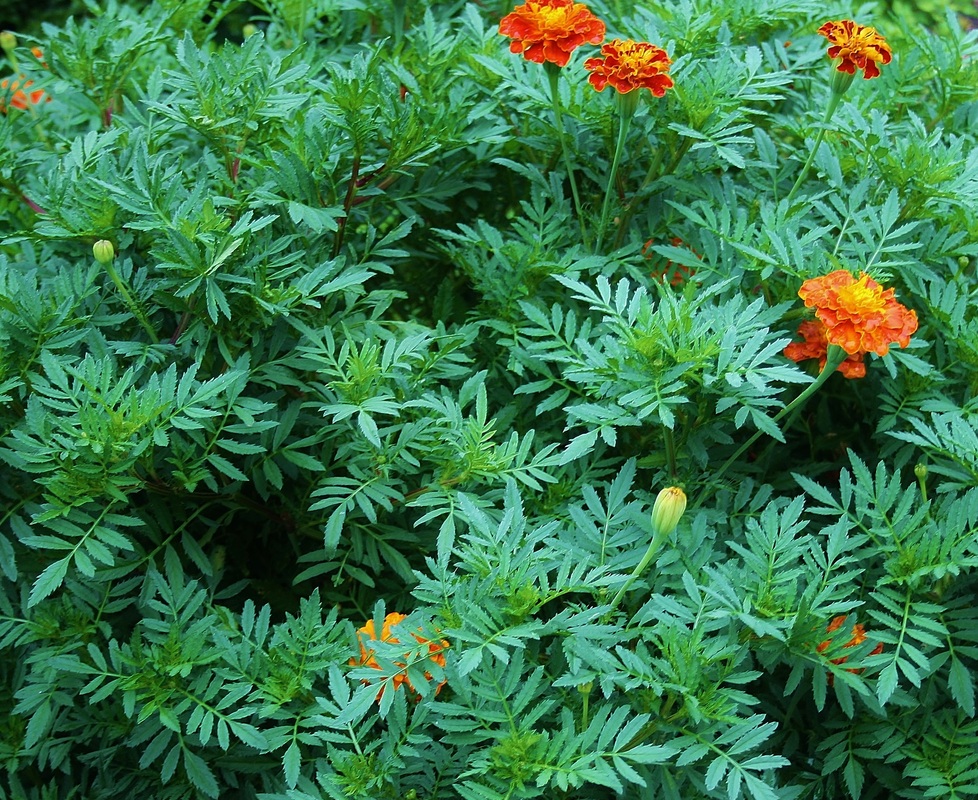
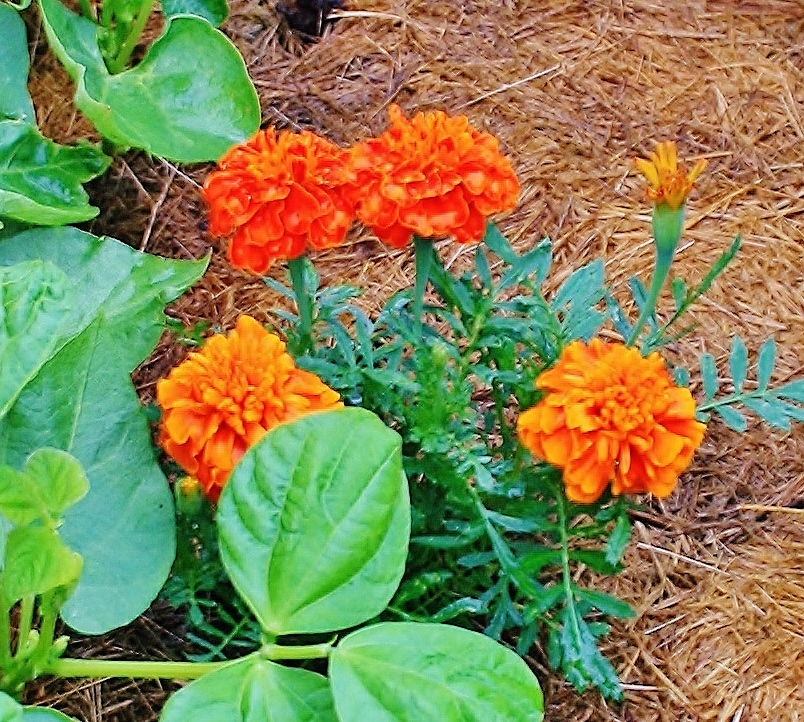
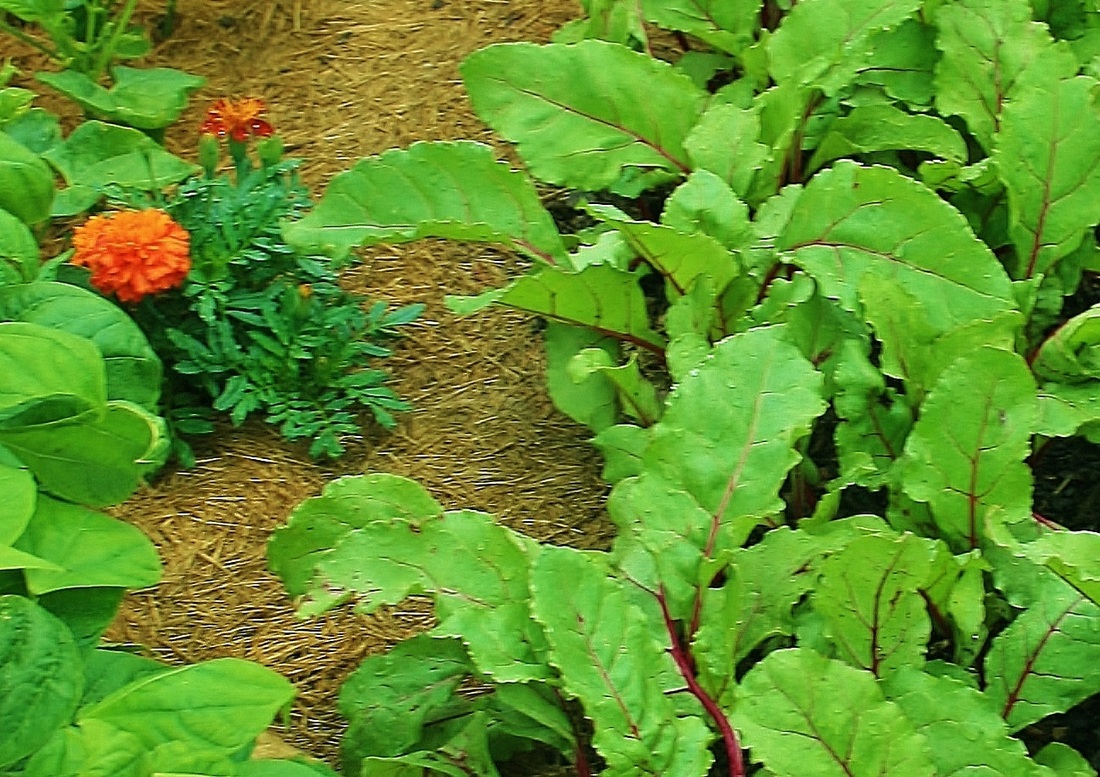
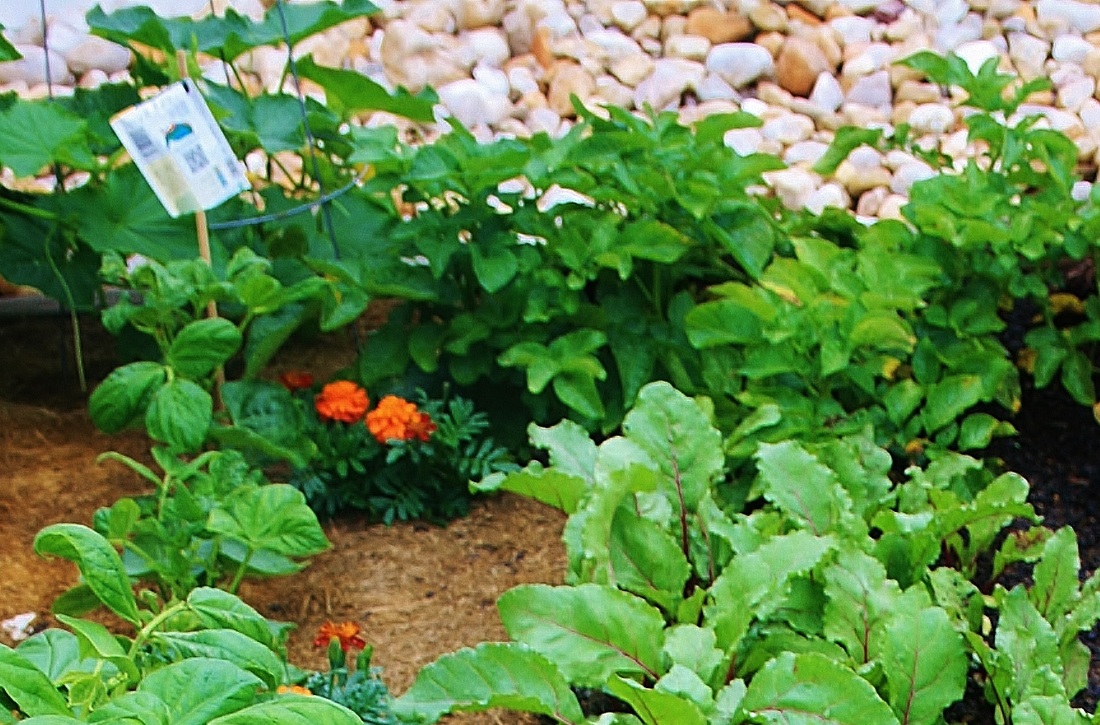
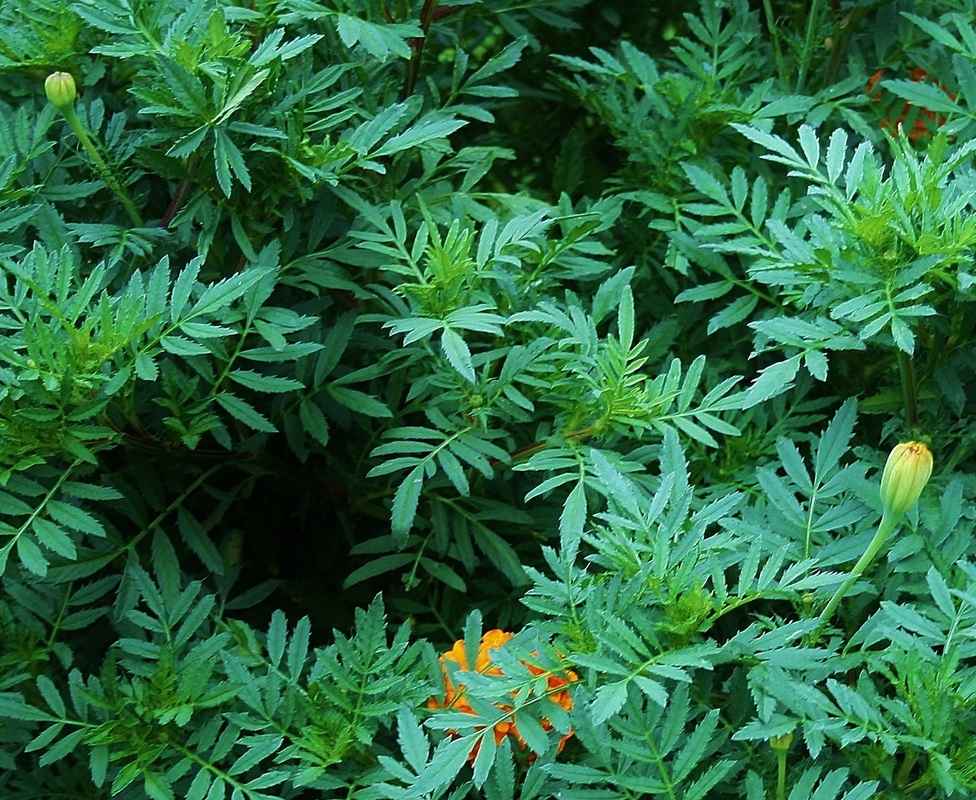
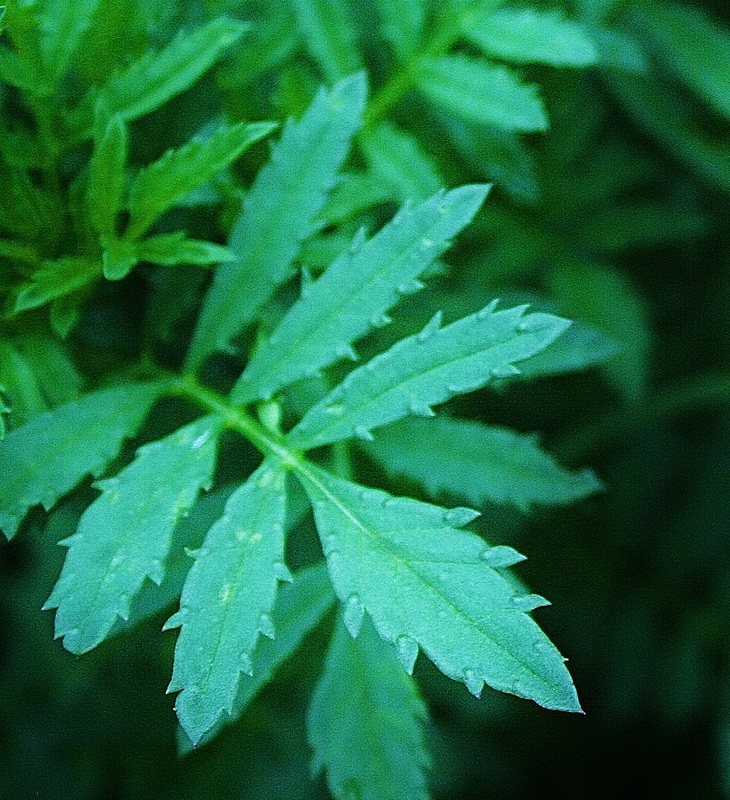
 RSS Feed
RSS Feed
